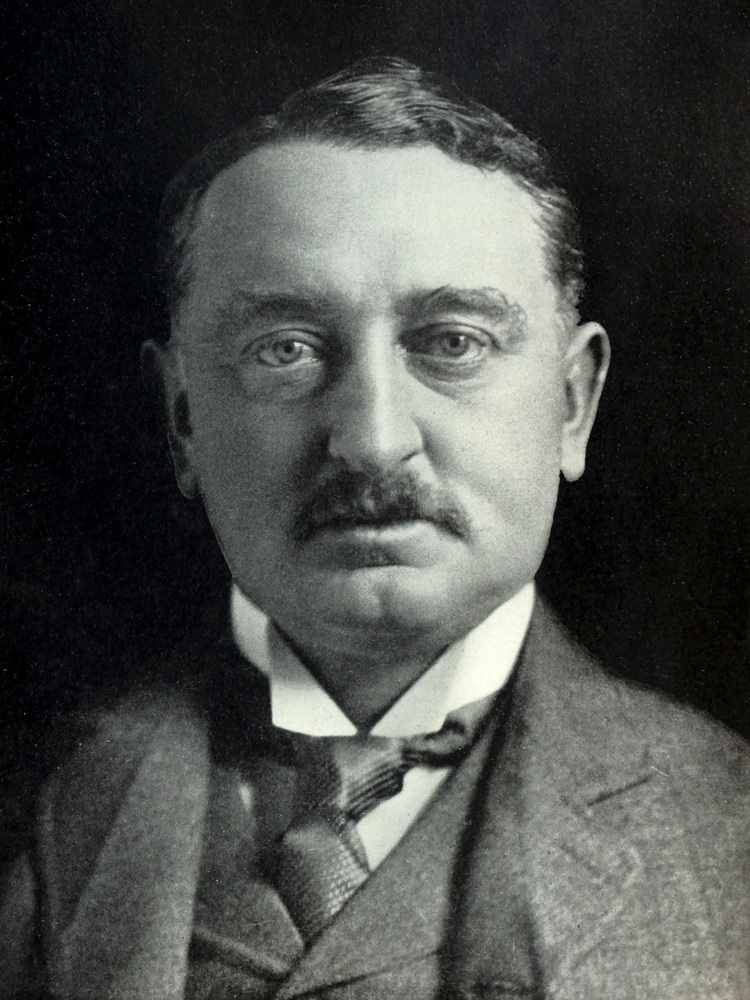
The Sunday Mail

Lincoln Towindo
Zimbabwean authorities have received a catalogue of skulls believed to be of 10 First Chimurenga heroes from Britain’s Natural Museum and are now verifying the information.

Cecil John Rhodes
This follows months of negotiations between Harare and London for the remains’ repatriation.
The skulls were shipped to London around 1898 as Zimbabwe’s first out-and-out war against British colonialists was ending.
At the time, invasion forces publicly beheaded “troublesome” resistance movement leaders to intimidate the masses and claim hefty rewards from colonial authorities.
The skulls were preserved as trophies to prove British conquest.
It is believed among them are those of Mbuya Nehanda, Sekuru Kaguvi, Chief Mashayamombe Chinengundu of Mhondoro and Chief Makoni Chingaira of Rusape.
National Museums and Monuments of Zimbabwe director Dr Godfrey Mahachi told The Sunday Mail that remains of well over 10 heroes were on display in British museums.
He said verification would be swift but thorough to clear the way for possible repatriation.
“We are pursuing the matter and believe there has been good progress. Information on what human remains are in the United Kingdom is now being exchanged regularly.
“The Natural History Museum has given us a list of what they have and we are cross-checking it with details of research we have conducted here to ascertain whether the items submitted did originate from here.”
Dr Mahachi went on: “For instance, if they give us details about a skull, we have to go through our records to determine whether we can link them to what is in our records.
“They have skulls from the 1890s up to the early 1900s, and these are the ones we are focusing on.
“We also need access to other documentation pertaining to the skulls they have as part of the verification process.”
Chief Mashayamombe was one of the leading figures of the First Chimurenga, causing many problems for settlers in Mhondoro, Norton and Chegutu.
Historians say he was the military strategist behind the killing of a white settler called Norton – after whom Norton Town near Harare was named.
He engineered construction of an intricate network of tunnels where he and his subjects hid and kept supplies during raids by colonialist forces.
After accounting for numerous casualties, British settlers dispatched a team to blow him and his people out of a hideout using dynamite.
Chief Mashayamombe was captured and beheaded, with a ransom being paid for his head.
Another hero was Sekuru Kaguvi alias Gumboreshumba, an influential political and religious leader who mainly operated in the Goromonzi area.
He led the resistance crusade and was believed to have been the spirit husband of another great Shona medium, Mbuya Nehanda, with whom he worked closely to mobilise the masses.
Both were hanged by the British South Africa Company in 1898 on charges of “banditry and rebellion”.
Chief Makoni Chingaira also figures prominently in the resistance narrative, operating in the Rusape area where he ultimately met his death.
In 2011, the Namibian government repatriated dozens of human skulls and skeletons from former coloniser Germany.
The remains were of Namibians who died in a colonial concentration camp over 100 years ago due to malnutrition and exposure to the elements.
Dozens of corpses were decapitated, with the heads being used in a research that sought to prove white supremacy.
Germany ruled the then South West Africa from 1884 to 1915, and wanted to exterminate the Herero and Nama people following an uprising.
Records show that 80 000-plus Hereros lived there when the uprising began. Afterwards, only 15 000 were left.



